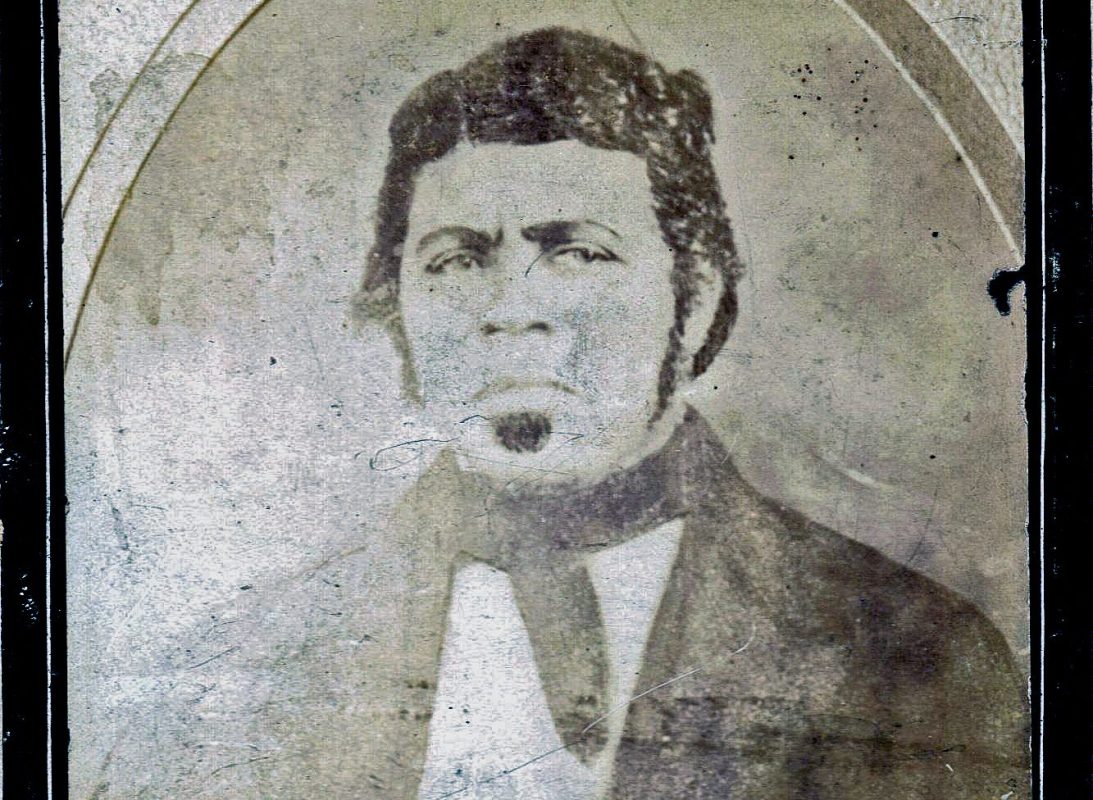During the War of 1812, as you may remember, the British succeeded in burning Washington, DC — including extensive damage to the White House. Among the items threatened by the fire was Gilbert Stuart’s famous painting of George Washington. (Stuart’s depiction of Washington can also be found on the $1 bill.) Numerous accounts of the 1814 fire credit then-First Lady Dolley Madison for preserving Stuart’s painting of Washington. A closer look at history, however, reveals a slightly different series of events.
At Hyperallergic, Karen Chernick explored the life of Paul Jennings, who was then enslaved and working in the White House. When the fire began to threaten the building, Madison did work to preserve certain items from the building. Jennings was the person responsible for saving the painting of Washington. As Chernick notes, this has a certain bitter tinge to it, considering Washington’s own involvement in the institution of slavery:
Two centuries ago, while Paul Jennings was the enslaved footman to fourth US President James Madison, he was ordered to help preserve this painting of the national patriarch — who held between 250 to 300 enslaved individuals. Sometimes, on top of the other miseries of bondage, oppression has included being forced to uphold monuments to one’s oppressor — ensuring that they survive to amplify one version of history while minimizing others.
Jennings’s bravery helped to preserve an important piece of American history. And his achievements are becoming better known: in 2009, a number of Jennings’s descendants visited the painting in the White House.
As for Jennings himself, he went on to live a memorable life, which included a planning role in a massive escape from slavery. In 1865, he published a book recounting his time in the Madison White House — which holds the distinction of being the first White House memoir.
Subscribe here for our free daily newsletter.
Thanks for reading InsideHook. Sign up for our daily newsletter and be in the know.


















